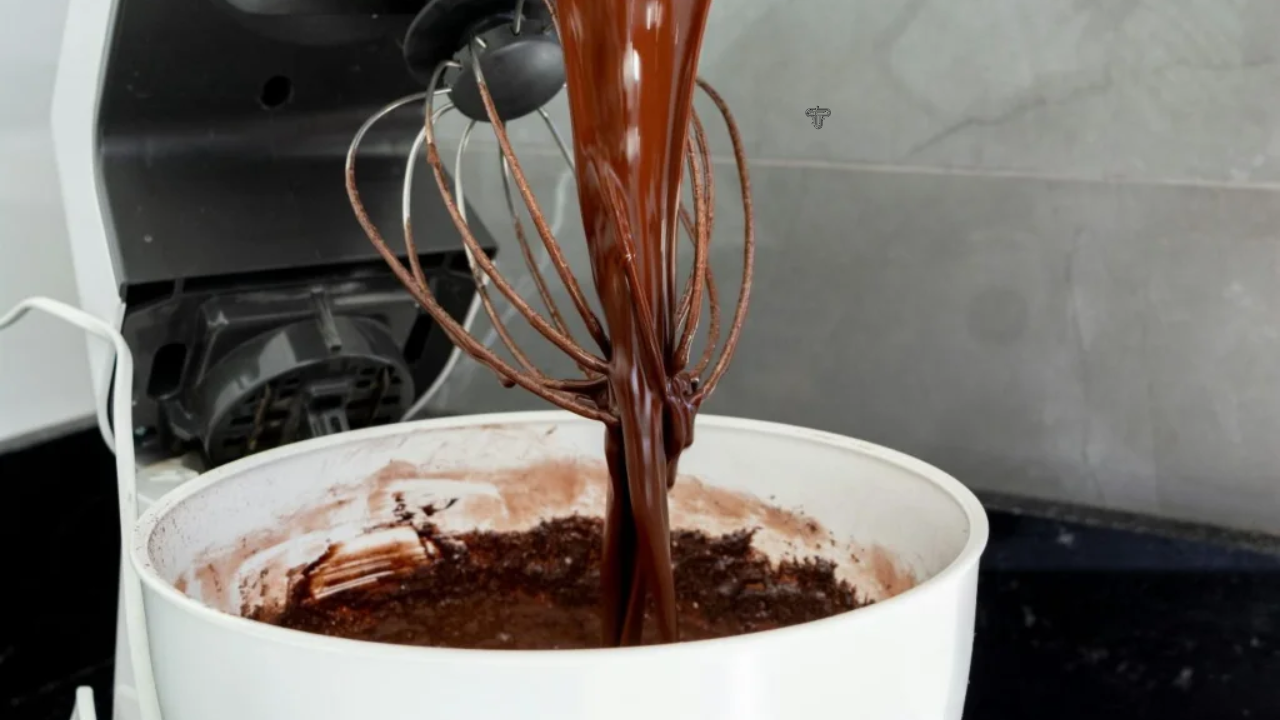Choosing quality cocoa for your business’s products is a necessity today
Exceptional taste and high customer satisfaction are at the heart of any business, yours included. So why has cutting corners when it comes to sourcing good cocoa become a norm? After all, chocolate is one of the most coveted goods worldwide, and the latest trends that position quality choices as goldmines of health and wellbeing can only boost international demand.
Consumers are increasingly attentive to their products’ quality, origin, and sustainability, being less and less willing to compromise on their goods’ excellence. According to Statista, the chocolate and cocoa market will spike to a CAGR of around 3.6% until 2030. With so many cocoa options within reach and a fiercely competitive market, it’s only natural to wonder why so many companies fail to understand and act on the importance of choosing wisely and getting their cocoa right.
The foundation of endless products, from bakery to artisan chocolate to beverages, is likely your business’s main driver, too, since you’re here. And as the title suggests, choosing high-quality cocoa is a feasible undertaking – you just need a few tips and good practices. Ready for some practical advice on how to select cocoa that elevates your products and keeps customers coming?
When safe farming meets supplier honesty
Your cocoa’s place of origin is among the most defining aspects that establish if it can bring real value to your business. Cocoa beans are all shaped by elements like the soil composition, farming practices, climate, etc., which vary widely among suppliers. There are smaller suppliers which often focus on a single region and offer a limited range of products, and there are bigger vendors, like ofi, which provide users with complex portfolios of cocoa ingredients from all across the globe, working with top farmers.
It’s only when you’re served the naked truth about the products you use in your business that you’re set up for success, and leading suppliers know this, thus offering all the information on their vended products, from place of origin to vitamin and nutrient quantity to usage advice.
About West African, Latin American, and Asian cocoa
West African cocoa is the most commonly used cocoa globally and packs that classic chocolate flavour that gets users hooked. Ten years ago, small West African farmers accounted for 70% of the world’s available cocoa amount, according to Science Direct. Right now, Côte d’Ivoire is the world’s largest cocoa producer, with big names like Ghana, Cameroon, and Nigeria following on the list of some of the biggest cocoa producers globally.
On the other hand, Latin American origins like Ecuador, Peru, and Venezuela are known for their fine-flavour beans, which often deliver nutty, floral, or fruity notes that are used in premium products and distinguish them from mass-made chocolate.
Lastly, there’s Asian cocoa, especially that from Indonesia, that is famed for a rather robust, earthier tone, and used for darker chocolate and blends or beverages. When you know your product’s origin, you can align your product positioning with the bean’s flavour profile and ensure that your business succeeds, whether it offers everyday options or exclusive taste experiences.
More bean varieties to familiarize yourself with
Beyond origins, the cocoa bean type itself shapes the final product and the experience’s palatability. Three types of cocoa beans dominate the market, but there are many more varieties. Forastero ranks among the headliners, with its strong and consistent flavour and its relatively affordable price tags, making it a reliable choice for large-scale use. Criollo, on the other hand, is more delicate and rarer, with a super aromatic flavour – some reasons why it’s known as one of the world’s finest coca varieties and also one that’s more difficult to find all the time. This is why orienting only around this bean type might make it a bit tricky to meet a supposedly exploding user demand.
Lastly, there’s Trinitario – a versatile pick for companies looking for reliable and qualitative ingredients. It’s like the middle ground between the former two, boasting some flavourful tastes of Criollo while packing the resilience of Forastero. By understanding these distinctions, you can better target beans according to your intended market: Forastero for everyday products, Criollo for premium choices, and Trinitario for a combination of both.
How is your cocoa processed?
The path from raw beans to end ingredients is complex, and bean processing has a significant impact on the quality and flavour of your cocoa ingredients. Fermentation plays a significant role – it helps the beans develop rich, well-balanced flavors that shape the chocolate’s excellence. For instance, poorly fermented beans taste sour and bitter, while well-fermented ones offer the exact kick consumers desire – rich, flavourful, delicious, and authentic aromas.
When vetting suppliers, it’s essential to inquire about their ingredient processing methods. Businesses that prioritise careful and sustainable handling are more likely to offer you cocoa that meets your specific demands.
Quality goes beyond strength
Excellent cocoa doesn’t just need strength, but nuance and balance, so evaluating more profiles will help you secure all of the necessary traits your customer trips over. You can sample cocoa from different suppliers and origins for a starting point, learning how to compare alternatives and contrast each one’s characteristics, whether you’re after beans with profound, earthy richness or fruity, light brightness.
A bold West African cocoa may be terrific for spreads, while a delicate Ecuadorian bean may improve your premium chocolate bar. The goal should be to choose flavours that complement your products, depending on their type and the targeted customer category.
Check out certifications
Certifications are a straightforward way to learn about a cocoa product, demonstrating how much the supplier values responsibility and quality. Labels like Fairtrade ensure that the farmers who grow your beans are treated fairly and compensated adequately. At the same time, certifications from Rainforest Alliance show that biodiversity and environmental sustainability are priorities within your supplier’s organisation. The more, the better in this regard.
Tech Blaster
Stay current with the evolving industry trends
Last but not least, we recommend you keep up with the ever-changing industry trends, for they dictate what products the masses will look for during the next period. Right now, confectionery is the largest category. Customers want products that can boost their well-being and taste pleasure, among others, and won’t compromise on such things when there are so many options that can deliver – or exceed expectations.






